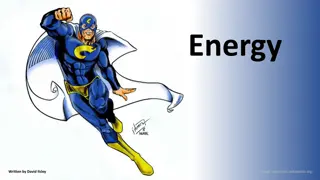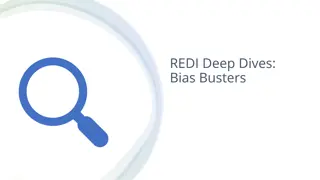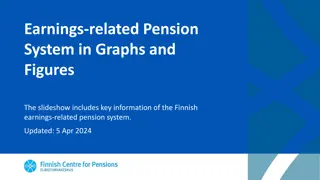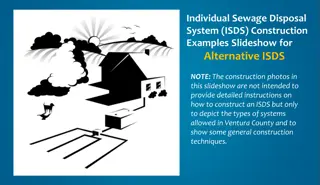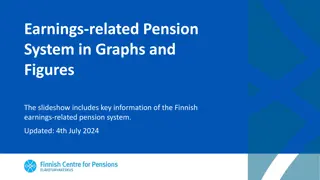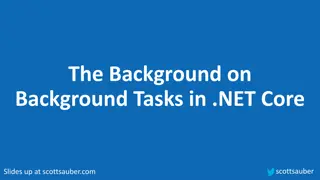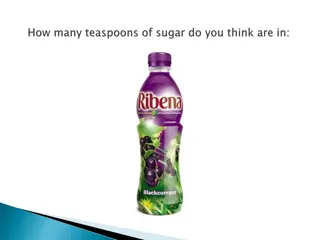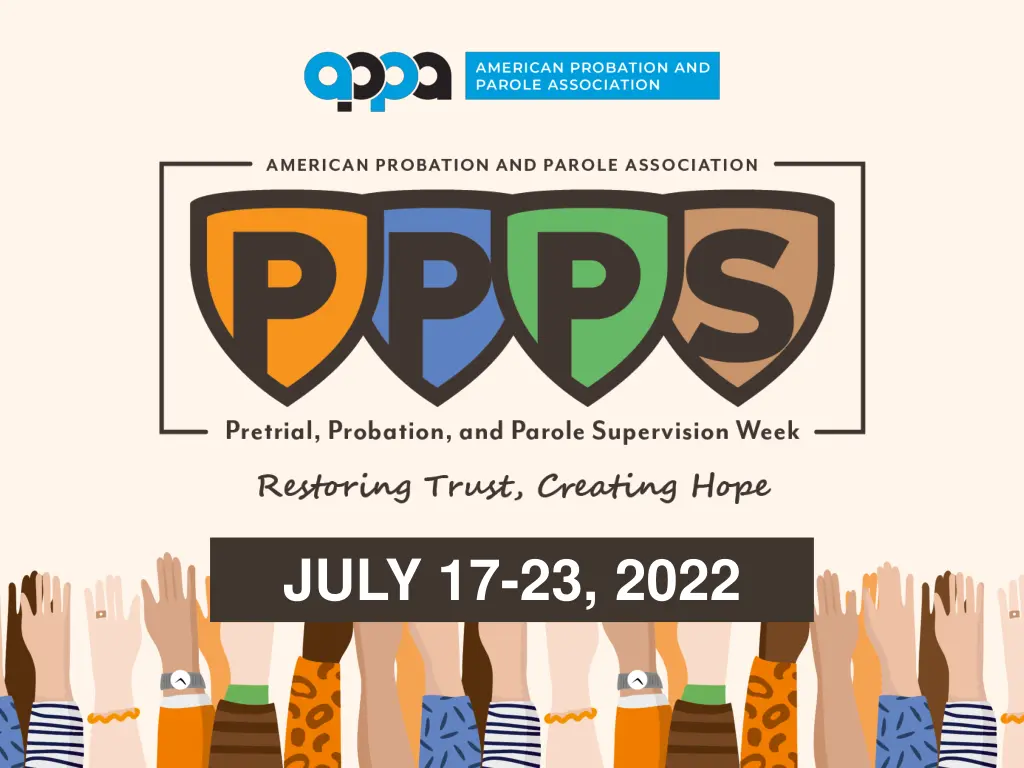
Understanding Pretrial, Probation, and Parole Systems
Gain insights into the pretrial, probation, and parole systems in the United States. Explore the definitions, functions, and differences between these aspects of the criminal justice process. Discover the costs associated with incarceration versus community supervision, highlighting current trends and statistics.
Download Presentation

Please find below an Image/Link to download the presentation.
The content on the website is provided AS IS for your information and personal use only. It may not be sold, licensed, or shared on other websites without obtaining consent from the author. If you encounter any issues during the download, it is possible that the publisher has removed the file from their server.
You are allowed to download the files provided on this website for personal or commercial use, subject to the condition that they are used lawfully. All files are the property of their respective owners.
The content on the website is provided AS IS for your information and personal use only. It may not be sold, licensed, or shared on other websites without obtaining consent from the author.
E N D
Presentation Transcript
Pretrial, Probation, and Parole in the United States Your presenter:
Purpose: Define pretrial, probation, and parole Provide information on the criminal justice process Describe community supervision strategies Provide national statistics Discuss current trends in community supervision
What is pretrial supervision? Pretrial programs generally perform three primary functions, (1) collect and analyze defendant information for use in determining risk, (2) to make recommendations to the court concerning conditions of release, and (3) to supervise defendants who are released from secure custody during the pretrial phase.
Probation: an American innovation 1841 John Augustus, the Father of Probation Term derived from the Latin probare meaning a period of proving or trial The most common form of criminal sentence or juvenile disposition in the U.S.
Definition: Probation A court order Places the offender under the supervision and care of a probation officer Often in lieu of incarceration if the probationer meets certain standards of conduct
Definition: Parole Term of conditional supervised release following a prison term Prisoners may be released to parole either by a parole board decision or by mandatory conditional release Parolee may be returned to prison for rule violations or other offenses
Incarceration vs. Community Supervision Surveyed states had an average of about $93 per inmate per day The average annual cost of holding a person in jail was about $34,000. In contrast, the average daily costs for managing an offender in the community in these states ranged from $3.42 per day for probationers to $7.47 per day for parolees or about $1,250 to $2,750 a year, respectively. Local Spending on Jails Tops $25 Billion in Latest Nationwide Data, Pew trust, Washington, DC, January 2021.
The typical process of probation and parole Probation Court hearing and finding of guilt Pre-sentence investigation Assessment Case planning Supervision Parole Pre-parole investigation Parole hearing Assessment Case planning Supervision
Elements of community supervision MONITORING INTERVENING ADVOCACY REFERRALS
Monitoring: Compliance with conditions of supervision Drug testing Electronic monitoring Monetary obligations Job performance Illicit materials Computer use Community service Victim safety
Intervention Crisis involvement Counseling Graduated responses Substance abuse treatment Job training Relapse Family/Social supports
Advocacy Treatment Education/Employment Training Budgets Community
Referrals Knowledge of community resources Access to resources Communication, coordination, and collaboration with other agencies
U.S. adults under community supervision Total (estimated) on: Community corrections - 3,890,400 Probation - 3,053,700 Parole - 851,0001 Under the supervision of adult correctional systems at yearend 2020 7,795,100 Probation and Parole in the United States, 2020, US Department of Justice December 2020
Trends in community supervision Policy Reforms Evidenced Based Practices Reducing Revocations (for technical violations) Evaluating Fines & Fees Collaboration and partnerships Results-driven management Specialization of Caseloads Technology Community Engagement

